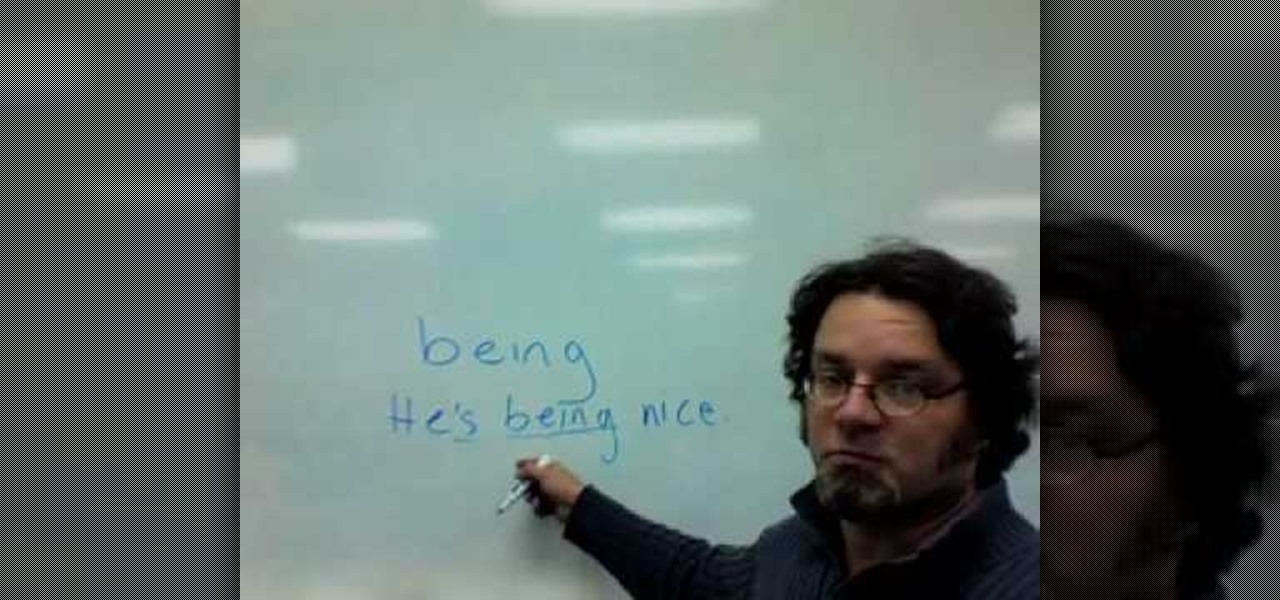Hot Language How-Tos

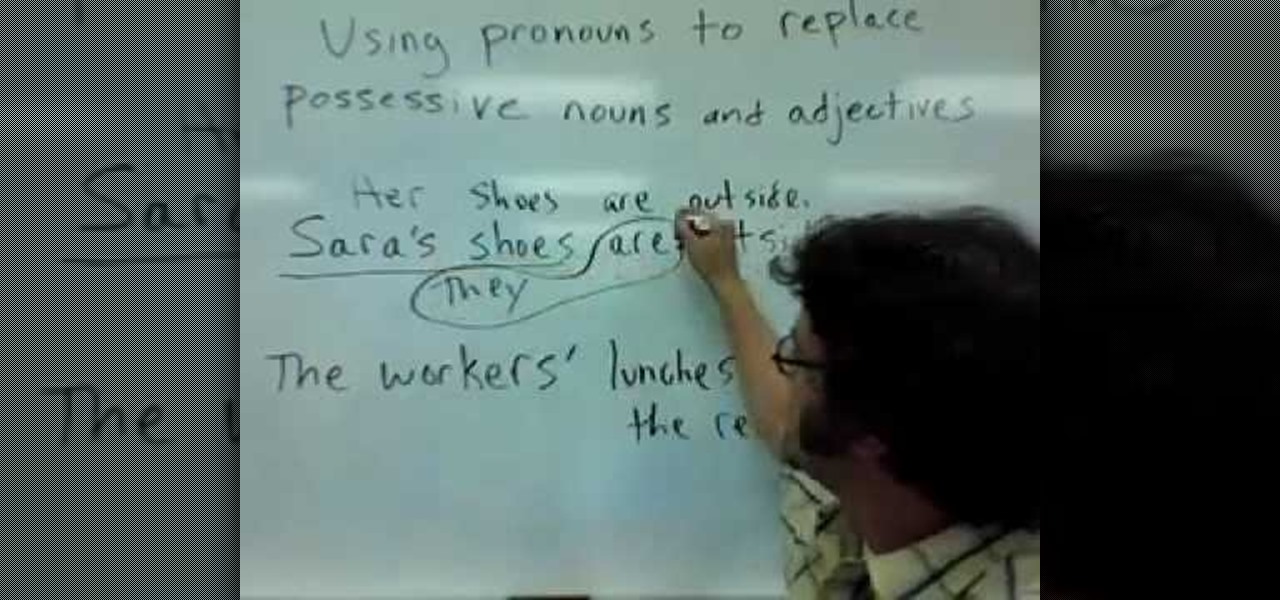
How To: Replace possessive nouns and adjectives with pronoun
In this video, we learn how to replace possessive nouns and adjectives with pronouns. Using pronouns to replace possessive nouns and adjectives is simple, an example includes: Joe's car is dirty, would change to, his car is dirty, or it is dirty. Another example of this is "Sara's shoes are outside" would be "her shoes are outside", or "they are outside". "The workers' lunches are in the refrigerator", would be "their lunches are in the refrigerator", or "they are in the refrigerator". Practi...

How To: Understand the sequence of tenses for English
This video tutorial in the Language category will show you how to understand the sequence of tenses for English. This is useful when you want to change direct speech to indirect speech and also for understanding conditional sentences. When the sentence is originally in the present tense, it can be changed to past tense. For example Paul said, "I am hungry". You can change this to indirect speech either in the present tense or in the past tense. So, the sentence can be said as Paul says he is ...
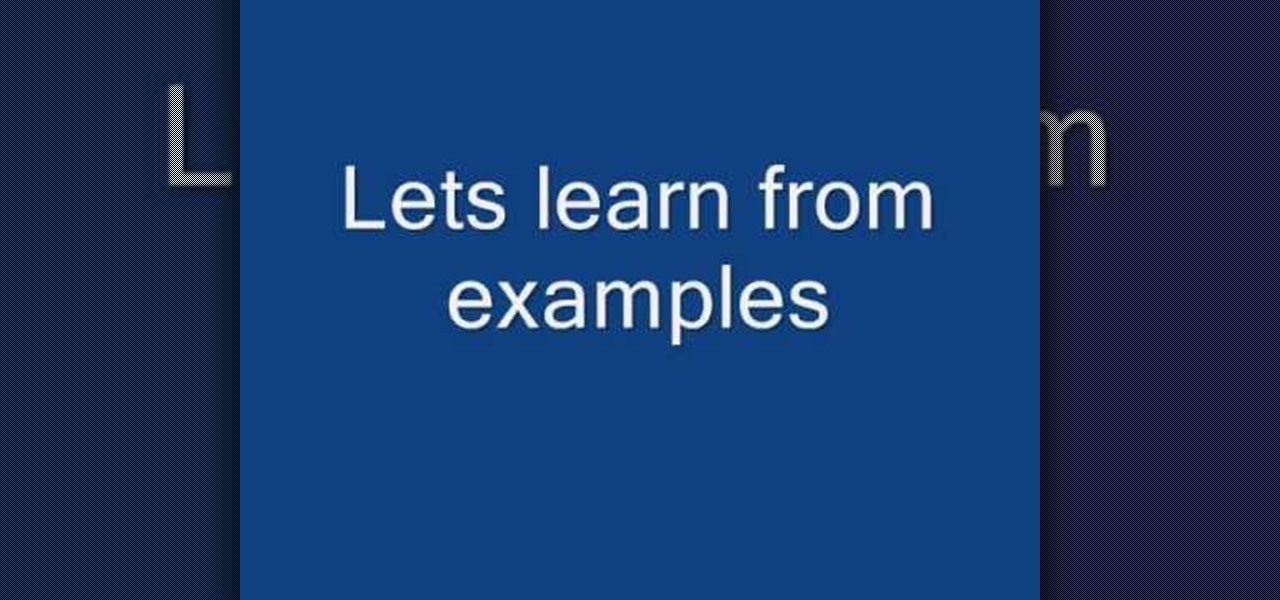
How To: Say body parts, numbers, & colors in Hindi
Learn Hindi and speak some of the body parts, colors and numbers. So if you say head it will be "sir" in Hindi, Forehead is "matha", cheek is "gaal", tooth is "daant", lip is "honth", mouth is "muh" (you will not hear h clearly

How To: Use the present tense of AR verbs in Spanish
In this video, we learn how to speak Spanish by using the present tense of AR verbs. For females, "ellas" means they and for males "ellos" means they. To say "you all" you would say "ustedes". For example, the word "trabajar" would knock the "ar" off depending on who was the subject in the sentence. It would be replaced with "o", "as", "a", etc depending on who was being talked about. This goes the same for every verb that ends in "ar". The tense must change when you are talking about singula...

How To: Ask for the time in Spanish
In this video, we learn how to speak Spanish by asking what time. The phrase, "a que hora" translates to "at what time" in English. The word "termina" means "it ends" ad "empieza" means it begins. You can ask questions using these words, such as what time a concert starts, what time school starts, what time a party begins, etc. Practice learning how to say the hours of the day in Spanish so you can respond to someone when they ask you what time it is. When answering this question, you will st...
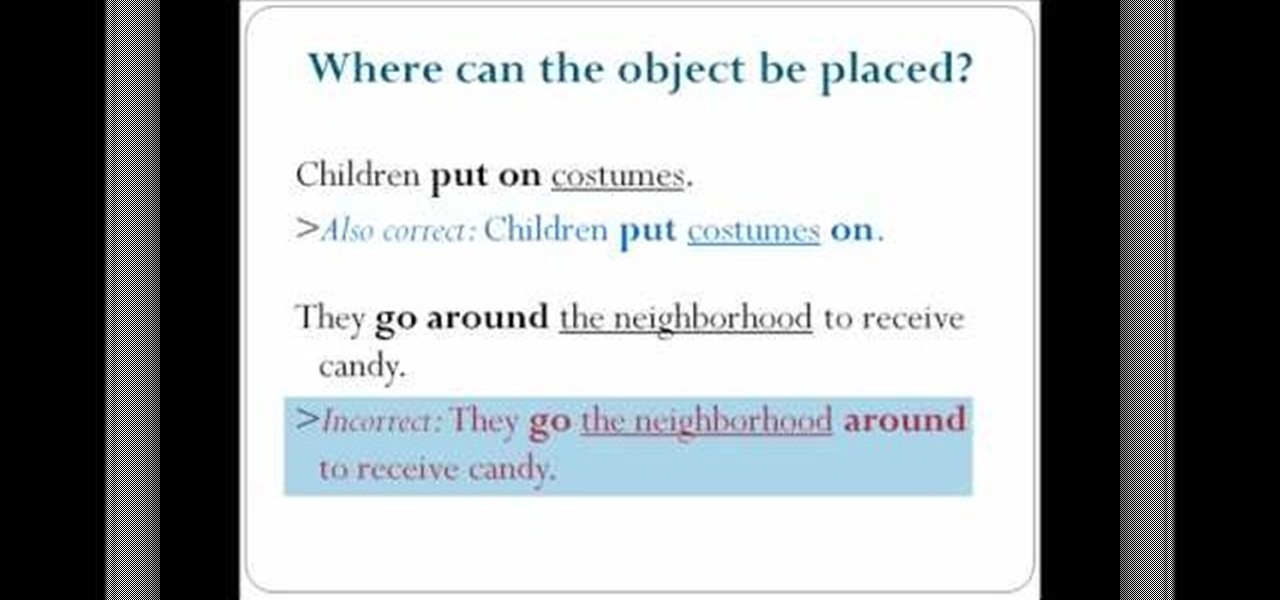
How To: Structure phrasal verbs in English
In this video, we learn how to speak English by changing the structure of phrasal verbs. Phrasal verbs can be transitive or intransitive, which means followed or not followed by an object. Transitive phrasal verbs can be separable or inseparable, which means the object can come between the verb and a particle. With a phrasal verb that is separable, pronouns as direct object must be placed between the verb and its particle. Examples of this include: children put on costumes, children put costu...
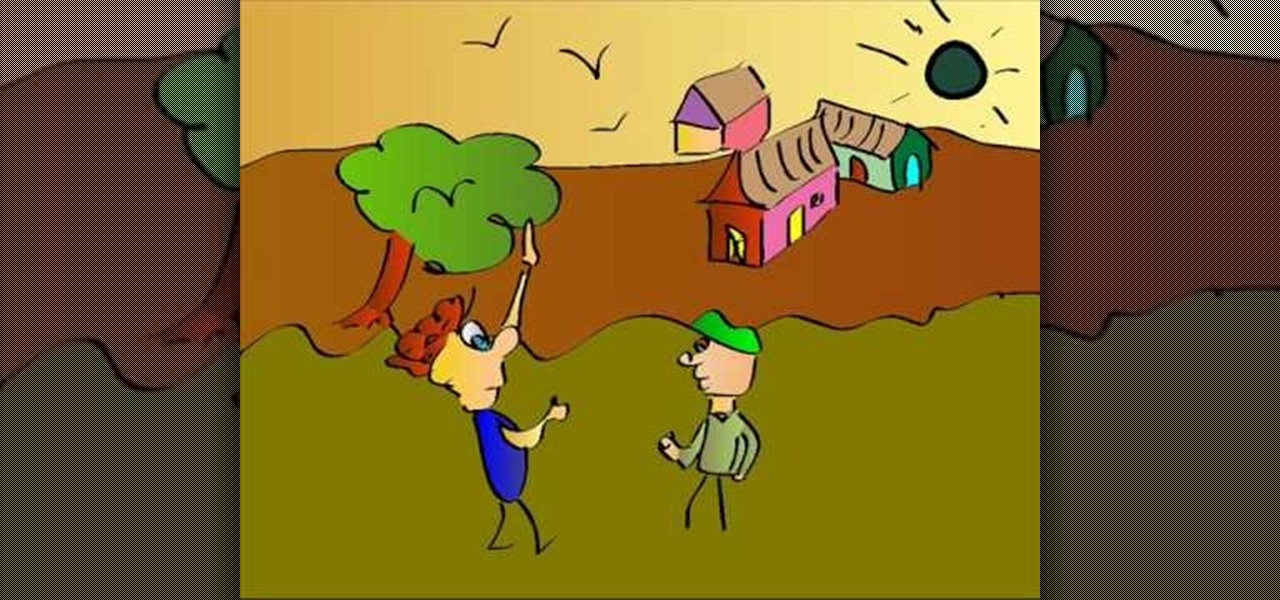
How To: Ask "Is that your house?" in Hindi
In this video, we learn how to ask "is that your house?" in Hindi. The first word you need to learn is "daily" which is pronounced just how "rose" is in English. The next phrase is the female version of "I go to school", this is said just like "main school jatti hun" in English language. The phrase "I come to the library" is said like "main library aati hun" in English. Go is said "jaata" and "come" is said "aata". These are easy to learn and will prepare you to say the phrase "is that your h...
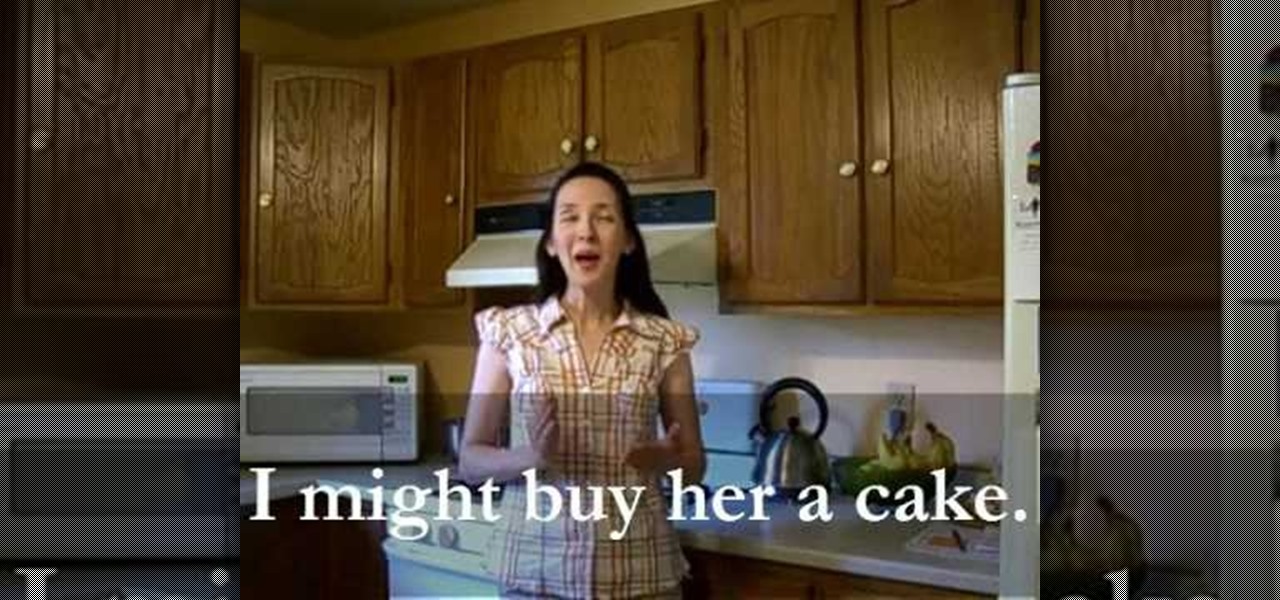
How To: Use reported speech with modals in English
In this video, we learn how to speak English: reported speech with modals. Modal verbs include: must, should, and could. The expressions include: have to and supposed to. By reading the sentences, you will see which words can or cannot be changed. If the word changes the meaning of the sentence, you cannot use it with the sentence. In reported speech, you do not change perfect modals, which are word that are in their past forms. Modal verbs that do change include "can" being switched to "coul...
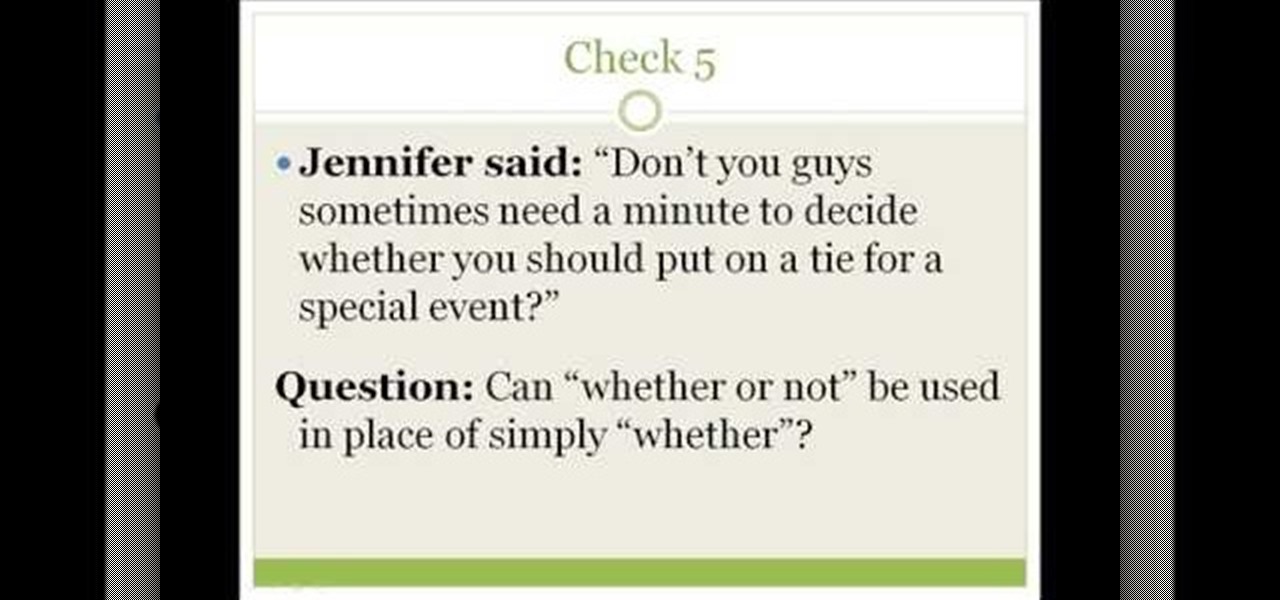
How To: Properly use the words "whether" and "weather" in English
In this video, we learn how to learn how "whether" is used while speaking English. The word "whether" is used when you are going to talk about different things, not the weather that is outside. If you can use the word "if" instead of "whether", you are using the word with the "th" instead of "ea". The "weather" is used when you are talking about what it's like outside. This includes if it's hot, cloudy, raining, snowing, and anything else. Any other time you are talking, the word "whether" ca...
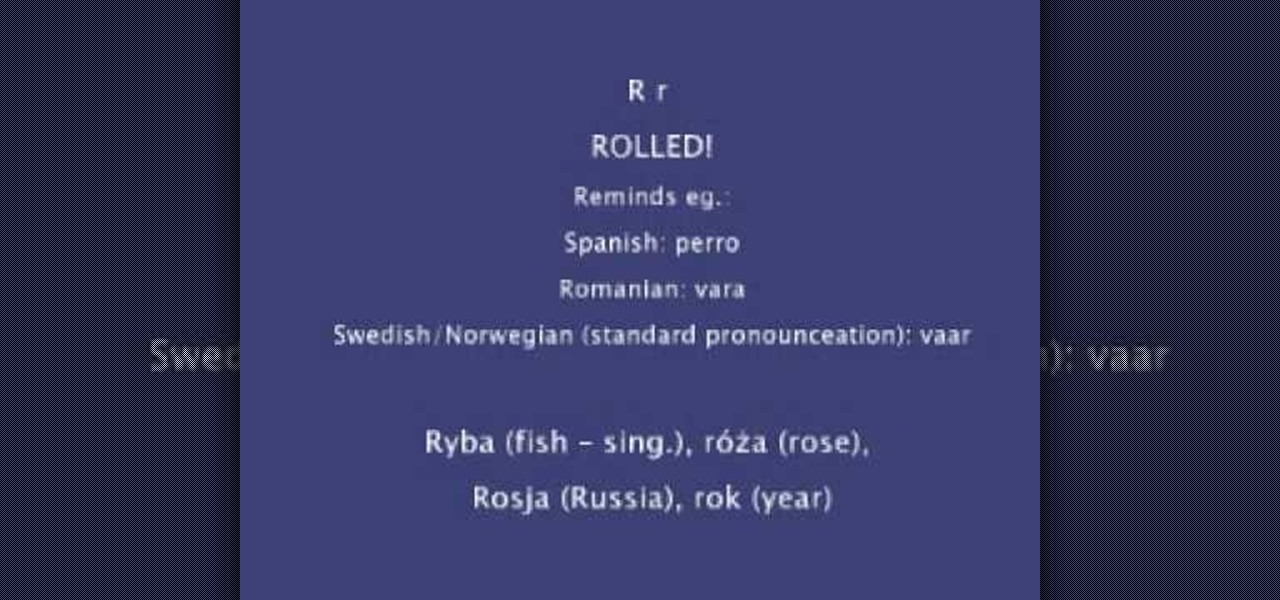
How To: Pronounce words in Polish correctly
Polish has several unique sounds, letters and pronunciation rules that can confuse English-speakers who are trying to learn how to speak the language. A useful video for anyone trying to decipher Polish letters and pronounce Polish words.

How To: Say basic phrases for booking a hotel in Polish
If you're booking a trip to Poland, you'll need to reserve a hotel room. This tutorial goes over several questions and phrases you'll want to ask when you book your room, such as pricing, meal availability and directions. This video teaches you how to spell as well as pronounce these words and phrases.
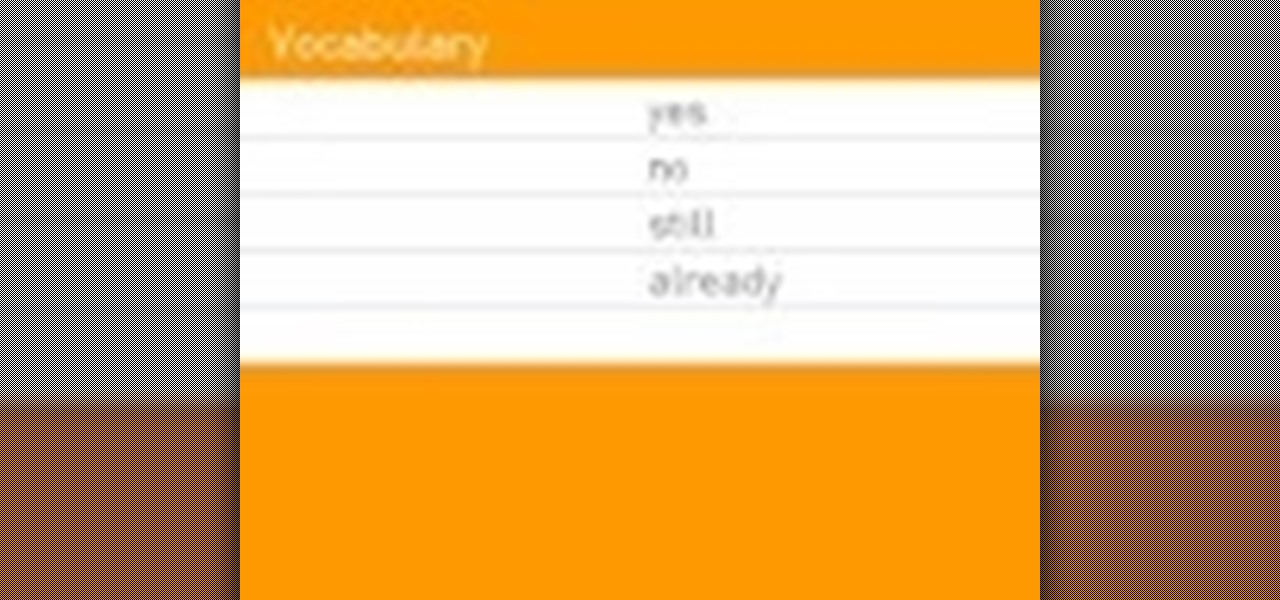
How To: Use gendered nouns appropriately in German
Nouns in German have three main genders - masculine, feminine and neuter. Which gender a word is determine several other grammatical rules, so it's always important to know the correct one when speaking German. This lesson shows the difference between the three genders and how the articles and pronouns are spelled differently based on the gender of the noun.
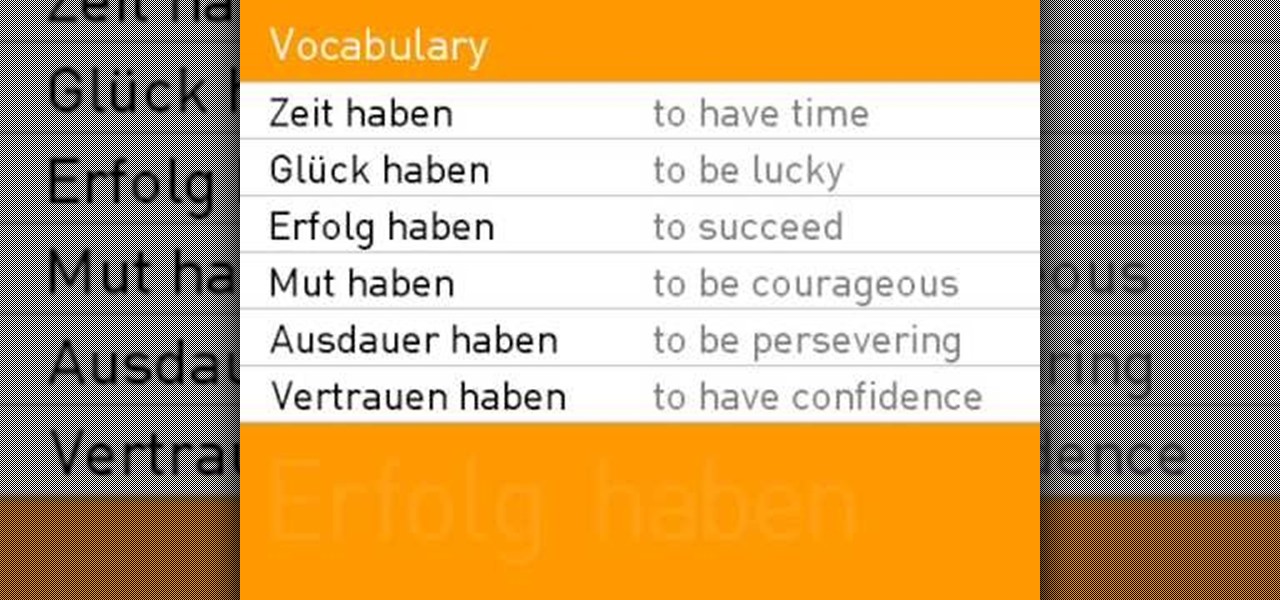
How To: Conjugate the verb "haben" in German in present tense
The word 'haben' is a very common German word, which means, 'to have' or 'to possess.' Depending on the structure of the sentence in which it is used, the verb changes its spelling in one of several ways. This video explains how to conjugate 'haben' in the present tense, and gives you several vocabulary words to study.
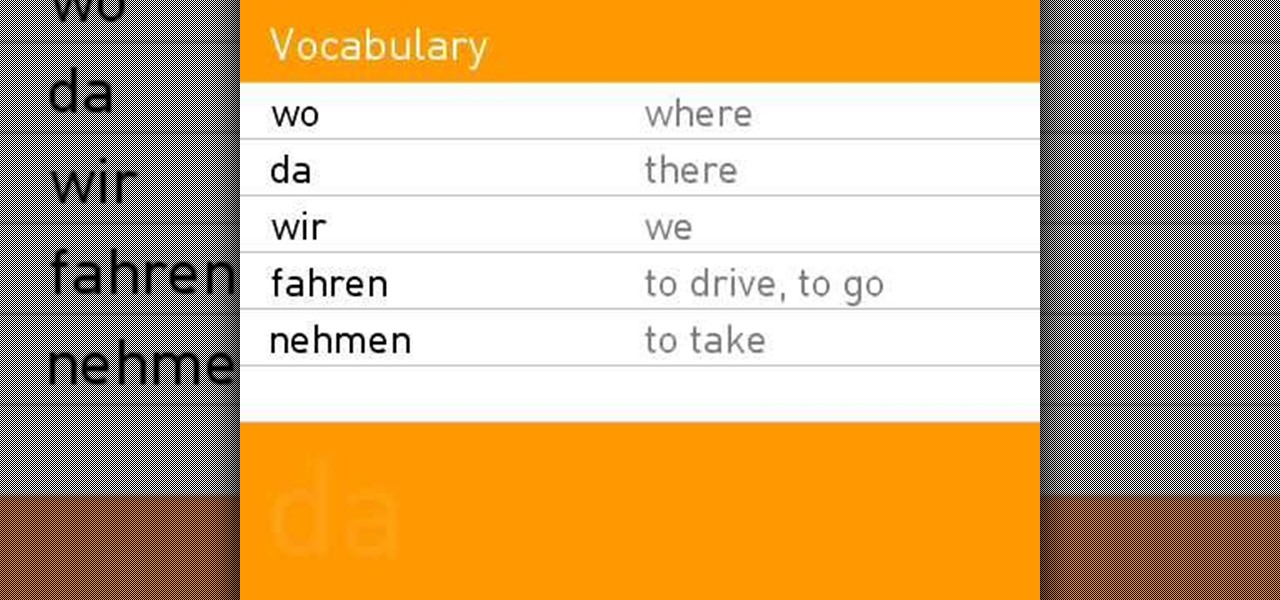
How To: Use the definite article in German for the dative and genitive noun tenses
The definite article in German will change, depending on the tense of the nouns (dative or genitive) in the sentence in which it is used. This lesson teaches you how the definite article changes, as well as a short vocabulary list to study.
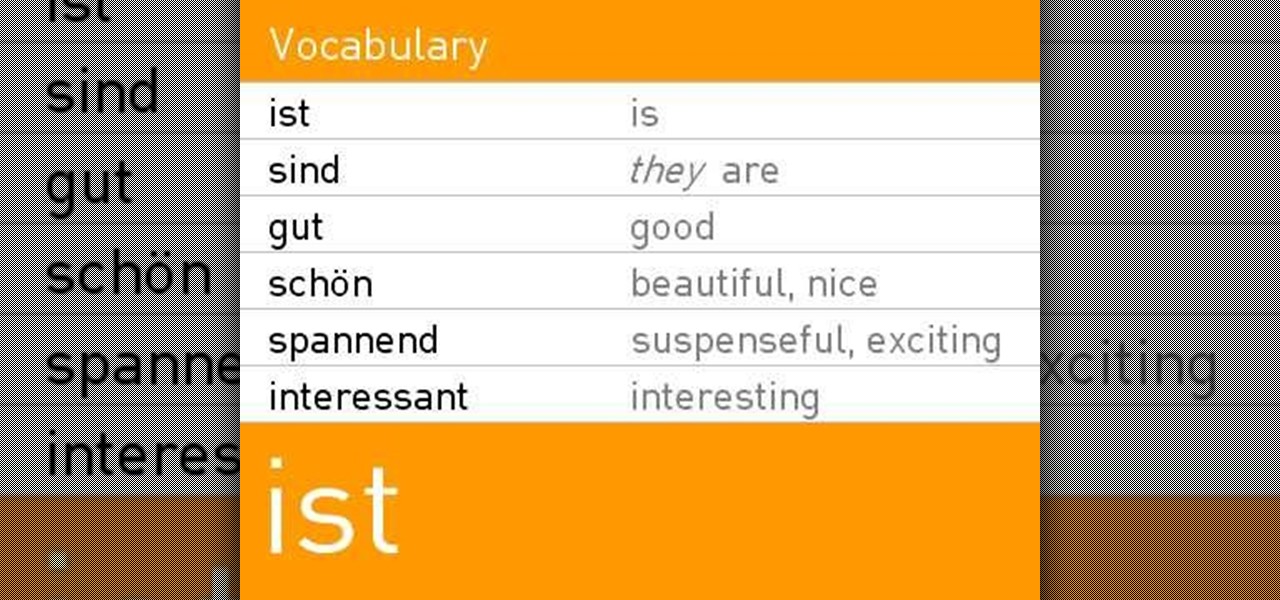
How To: Use the definite article in German with the nominative and genitive tenses
This lesson instructs you in the correct way to use the definite article in German for the nominative and genitive tenses. This video shows you when to use each tense, and how the definite article changes for masculine, feminine and neuter nouns. There is also a short vocabulary lesson given.
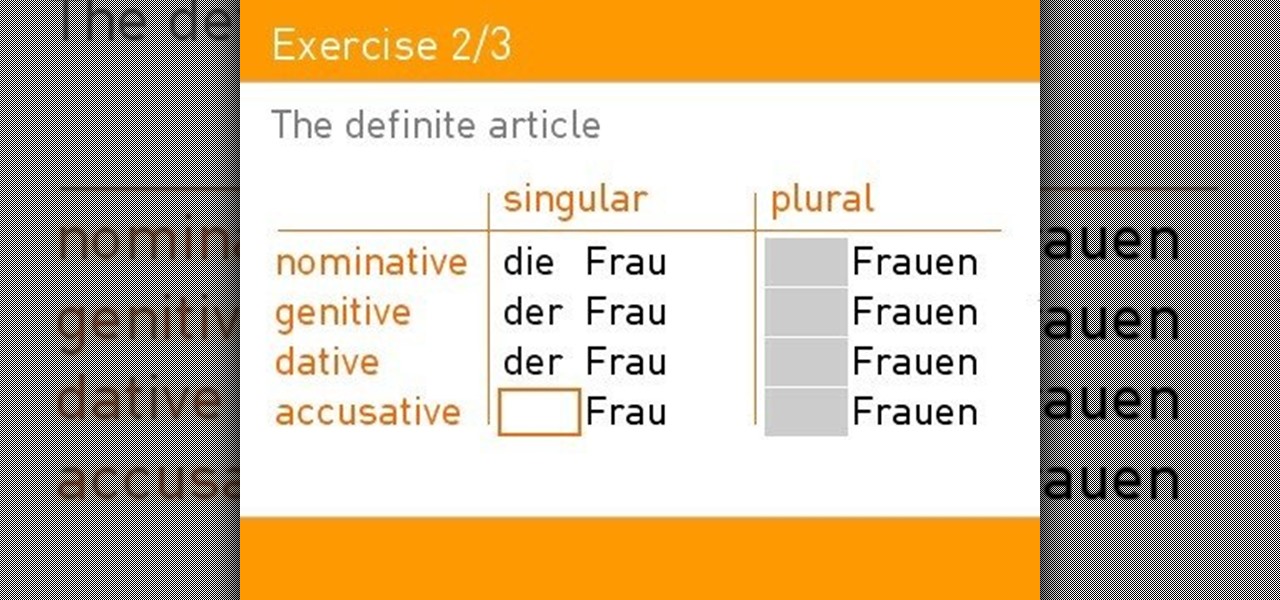
How To: Decline the definite article in German
In German, nouns will decline, or change their spelling and pronunciation, depending on how the word is used in the sentence. The definite article will decline with the noun, and this video teaches you which of the six forms and sixteen positions is correct to use in each instance.
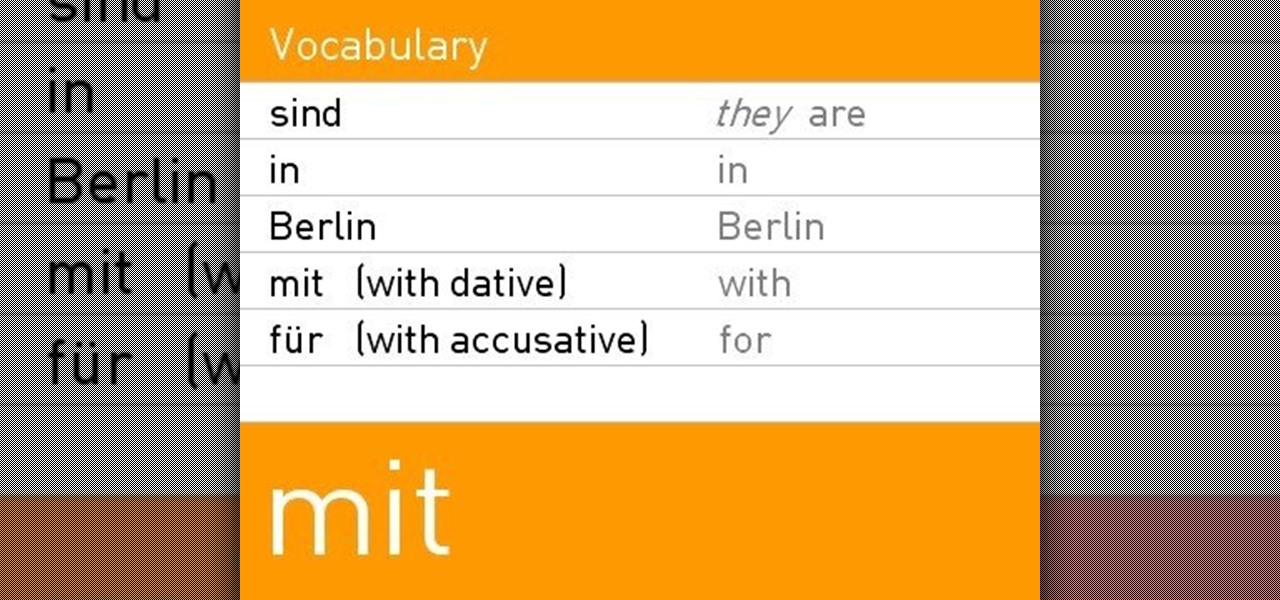
How To: Decline nouns by case when speaking German
Nouns in German will change their spelling (or decline) depending on how they are used in a sentence (called their case). This introduction to German will show you the four basic noun declensions in German - nominative, genitive, dative and accusative - and how they are used.
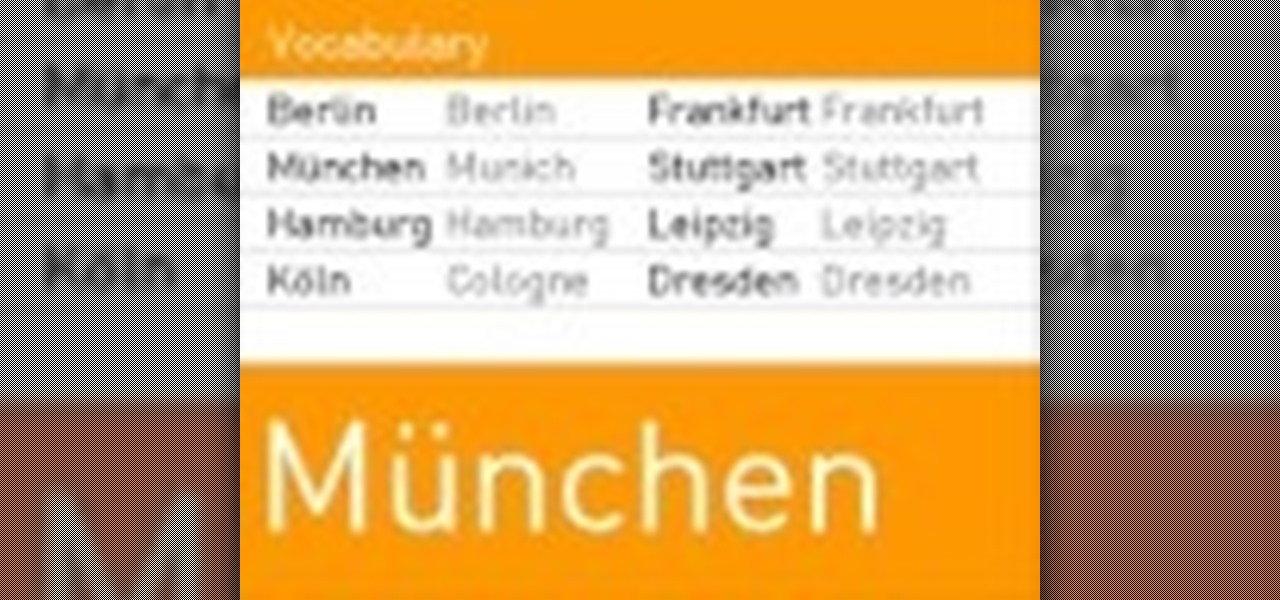
How To: Use personal pronouns in German and the present tense of 'sein'
Personal pronouns are used to refer to relationships between the speaker and the listener - such as 'I', 'me' and 'you.' This introductory lesson to German teaches you the personal pronouns used in German. You are also shown 'sein,' the German word for 'to be,' in the present tense.

How To: Talk about food in Polish
Are you taking a trip to Poland? Or just going to a Polish restaurant? This video goes through many common Polish foods (such as beet soup, cod, trout, pork chops and salmon) and gives you a pronunciation and spelling guide for each one.
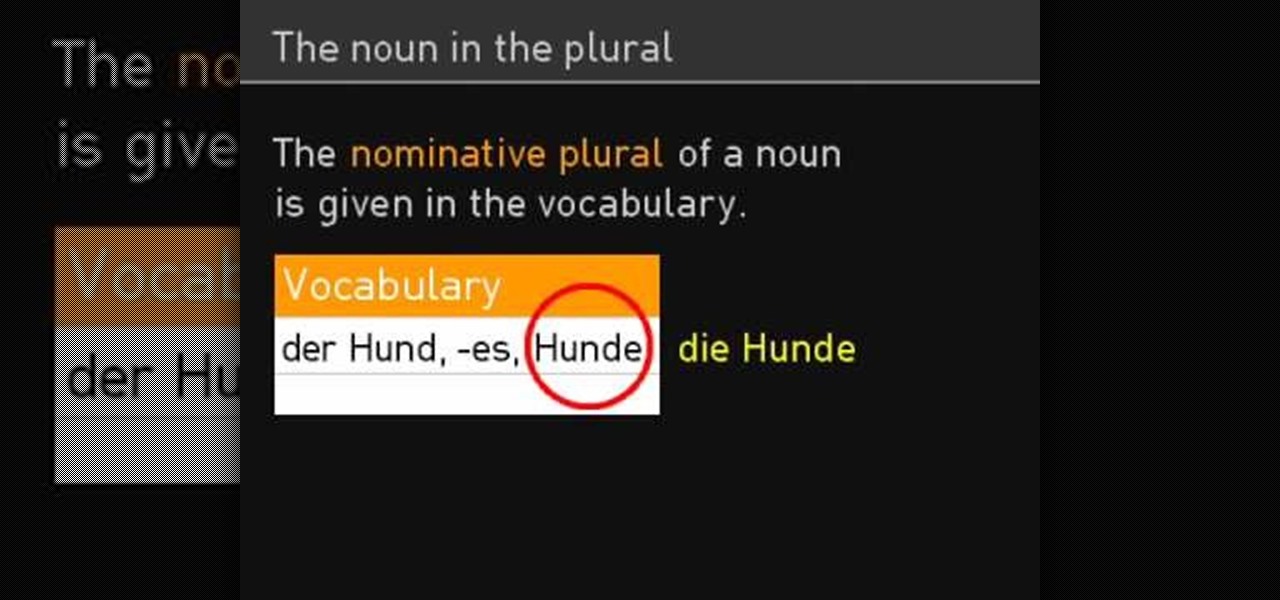
How To: Decline plural nouns in German
This video goes over the grammatically correct way to decline plural nouns in the nominative, genitive, dative and accusative tenses in German. You are also given a short vocabulary list of common animals in German (dog, cat, horse and pony).

How To: Decline s-declension nouns in German
When speaking German, nouns using the s-declension will sometimes have two different endings (-s or -es) in the genitive declension, which does not change the meaning of the word. This lesson teaches how to appropriately apply each ending. The video also teaches you a short list of German travel words.
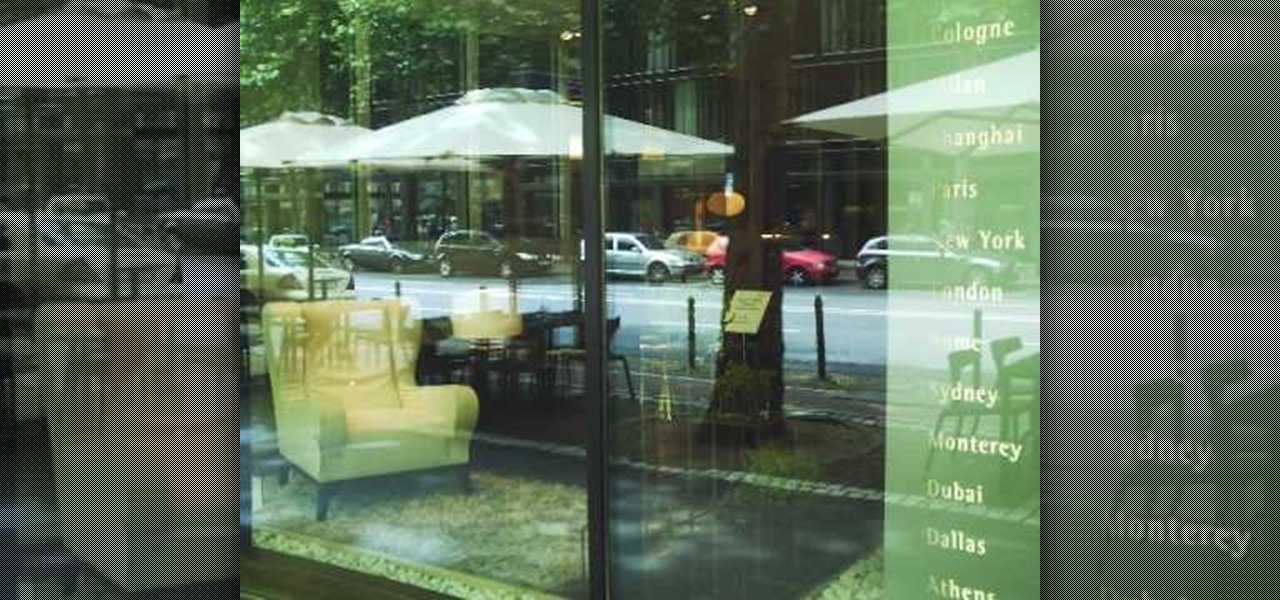
How To: Decline nouns in German using the n-declension
In German, the n-declension is one of three possible ways to decline a singular noun, used for nouns ending in -n, -ns or -en. This video teaches you the proper way to use the n-declension, and gives you a short list of useful business-related words in German.

How To: Conjugate common verbs in German
Conjugating nouns in German depends not only on tense, but also on the relationship between the subject and the object. This lesson provides a basic introduction to the methods of conjugating regular verbs in German. You are also given a short vocabulary list of food-related words in German to study.
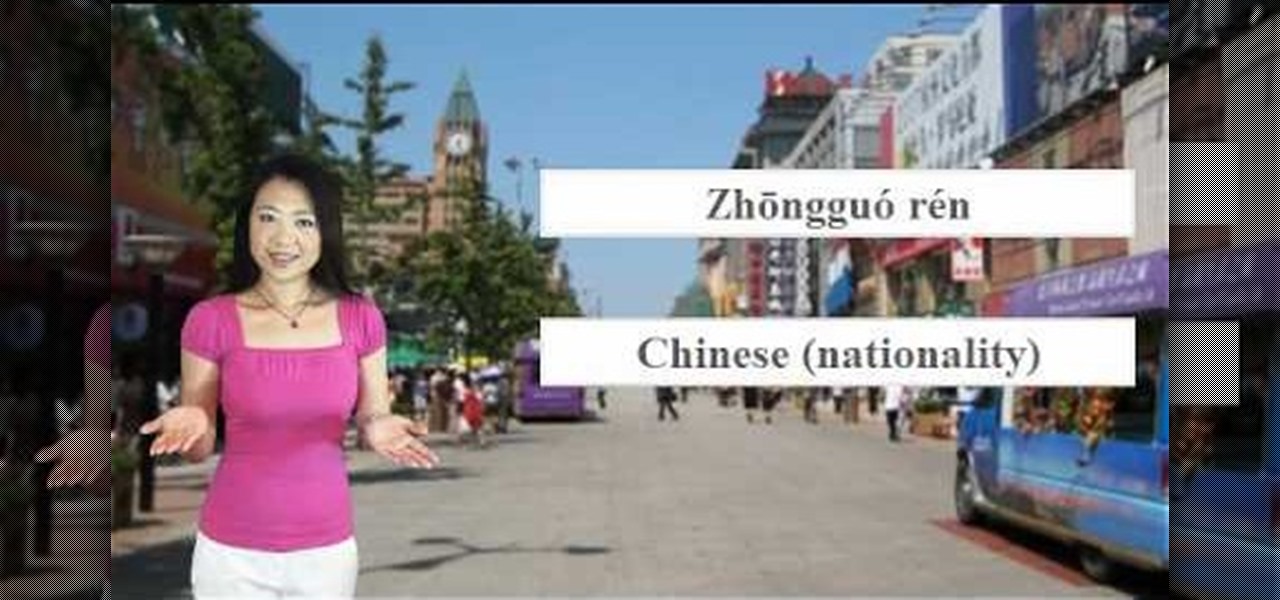
How To: Introduce yourself in the Mandarin Chinese language
Introducing yourself on the streets of China can be tough if you don't know the local language. This video will help you learn some essential words and phrases in Mandarin Chinese when trying to introduce yourself and tell people what languages you do speak. You'll learn to talk about nationalities and what country you're from. Telling people what languages you speak and your level of knowledge are also discussed.

How To: Speak the Mandarin Chinese language when shopping and trying on clothes
Shopping is any tourists dream. Buying local and ethnic items is on everybody's travel itinerary, so make sure if you're traveling to China, you know some basic words and phrases in Mandarin Chinese to help you shop and bargain your way to success. Learn how to ask a shop assistant if you can you try something on in Mandarin Chinese. You'll also learn about the currency called RMB or Yuan, and you'll learn how to haggle for a bargain.

How To: Say "good morning" and other words at breakfast in Mandarin Chinese
Starting the day off right is very important, no matter what country you're in. So, learning the local words for "good morning" and such will help the rest of the day flow. If you're in China (or visiting soon), this video will help you learn to say "good morning" in Mandarin Chinese, along with other words at a hotel breakfast buffet setting. You'll also learn the words you'll need to order the breakfast dishes of your choice, including bacon and eggs, naturally!

How To: Say the numbers 1 through 10 in Mandarin Chinese
When learning any language, numbers is a very important aspect, because numbers and math is universal. Knowing your numbers is essential, especially in Mandarin Chinese. Numbers in China follow a simple and regular system, and once you master the numbers 1 to 10, you will be ready to pick up higher numbers. Watch and learn the numbers language.

How To: Check into a hotel using the Mandarin Chinese language
If you're traveling to China, you'll probably staying at an airport. And that means you could run into some trouble when communicating with the hotel's desk receptionist, who may not speak any English. This video will help you learn some essential words in Mandarin Chinese when checking into a hotel, including how to confirm how many rooms you booked and the duration of your stay. You'll learn the essential words and phrases in Mandarin Chinese for communicating with the hotel receptionist wh...
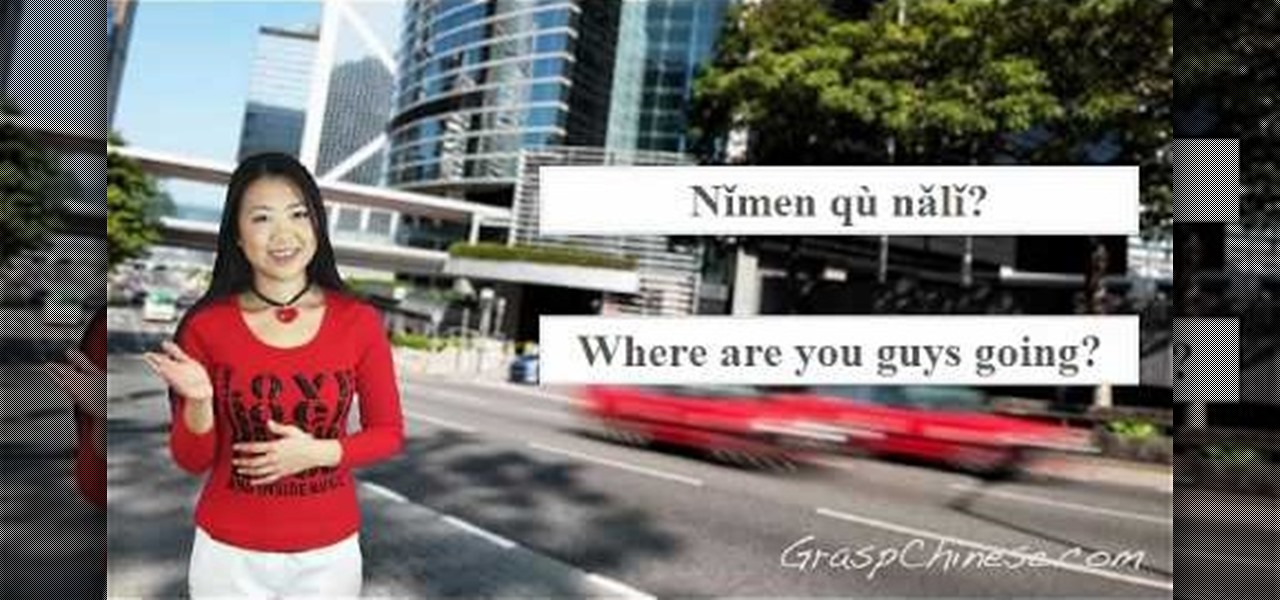
How To: Grab a cab and talk directions with the taxi driver using Mandarin Chinese
Getting around is essential when you're traveling, and the one thing you will always have to deal with is cab drivers. How do you tell them where you're going if you don't speak the local language? Well, don't worry… if you're visiting China soon, this video will help you negotiate your directions in the taxi using Mandarin Chinese. Many taxi drivers in Beijing and China do not speak much English, so learn how to grab a taxi and ask the taxi driver to take you to your hotel. You'll also get a...

How To: Use essential airport and flight words in Mandarin Chinese when traveling
If you're in China, then getting back home might seem like an impossible task, simply because you don't know the local language. Well, this video will help you learn some very essential words in Mandarin Chinese useful for air travel. Learn the essential words and phrases in Mandarin Chinese for meeting someone at the airport. You'll learn how to ask whether a flight is late, or where your bags are. You'll even learn how to ask one of the most essential questions - where are the toilets?!

How To: Order a cup of coffee or some tea at a café using Mandarin Chinese
When traveling abroad, the one thing you're going to need is how to quench your thirst. Ordering a simple cup of coffee or a hot cup of tea could be impossible if you don't know the local language. This video will show you how to order a drink in Mandarin Chinese. You'll also learn how to point to any snack item that you might want, even if you don't know what it's called in Mandarin! You'll see that communicating with a waiter or waitress need not be too difficult in China.
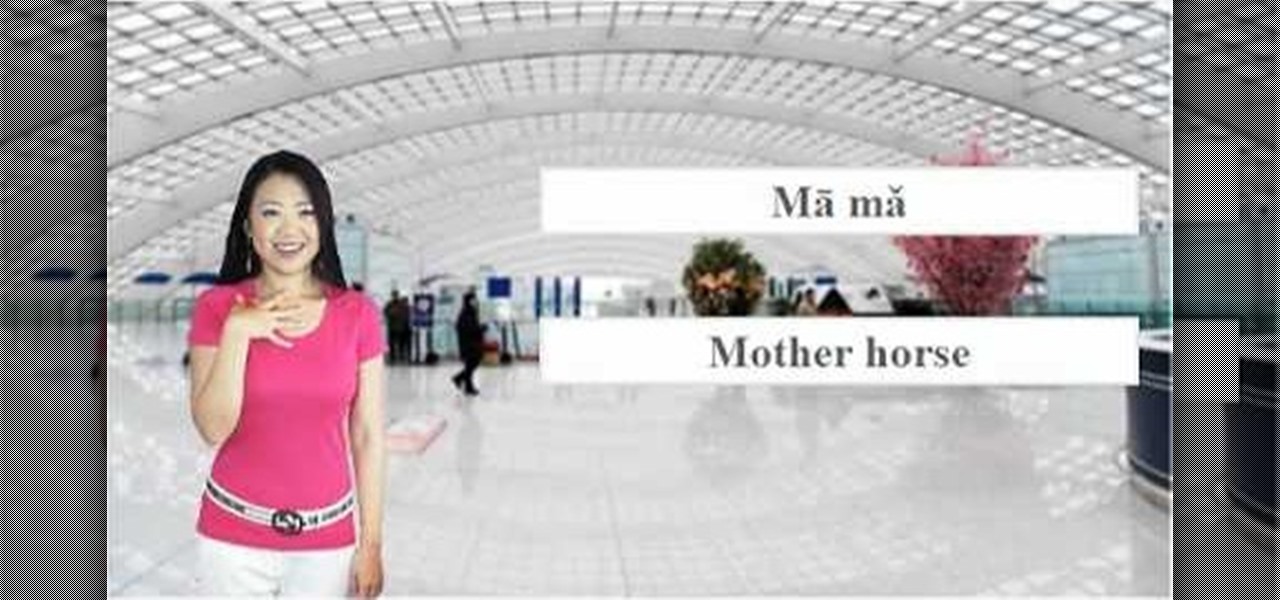
How To: Master the four tones when pronouncing words in Mandarin Chinese
Simply learning words in Mandarin Chinese is not enough for being able to speak the language fluently. The Mandarin Chinese language, like many Asian languages, is tonal. This means that a word can have various meanings depending on the tone used to pronounce it. There are four tones in Mandarin Chinese which are represented by the four tone marks over the vowels in pinyin. This video covers these tones and will hopefully help you better understand their uses.

How To: Say "hello" in Mandarin Chinese and start conversations
"Hello" is one of the most basic of verbal greetings, but it could turn into a nightmare if you're not sure how to say it in the language of the country your visiting. This language tutorial will teach you how to say "hello" in Mandarin Chinese. Not only that, but you'll also learn the basic words and phrases of Mandarin Chinese that you'll need to say "hello" or to start a conversation. This is your essential starting point for your understanding of the Chinese language.
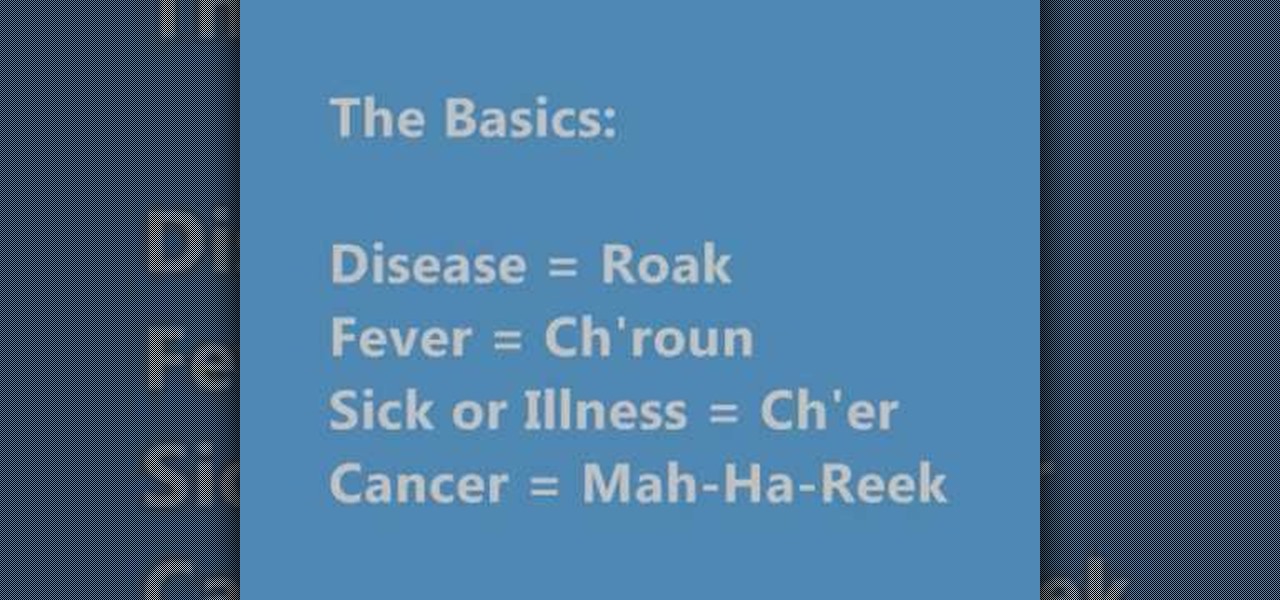
How To: Say important medical terminology in Khmer
Cambodia has had a troubled history, especially over the last 40 years, and as such medical professionals for more developed countries have often felt compelled to journey there and serve the needy. If you are already doing so or preparing to, or work in a community with a Khmer-speaking population, this video could be of help to you. It will teach you all sorts of useful medical technology in the most popular language in the country, Khmer. This should greatly improve you communication with ...
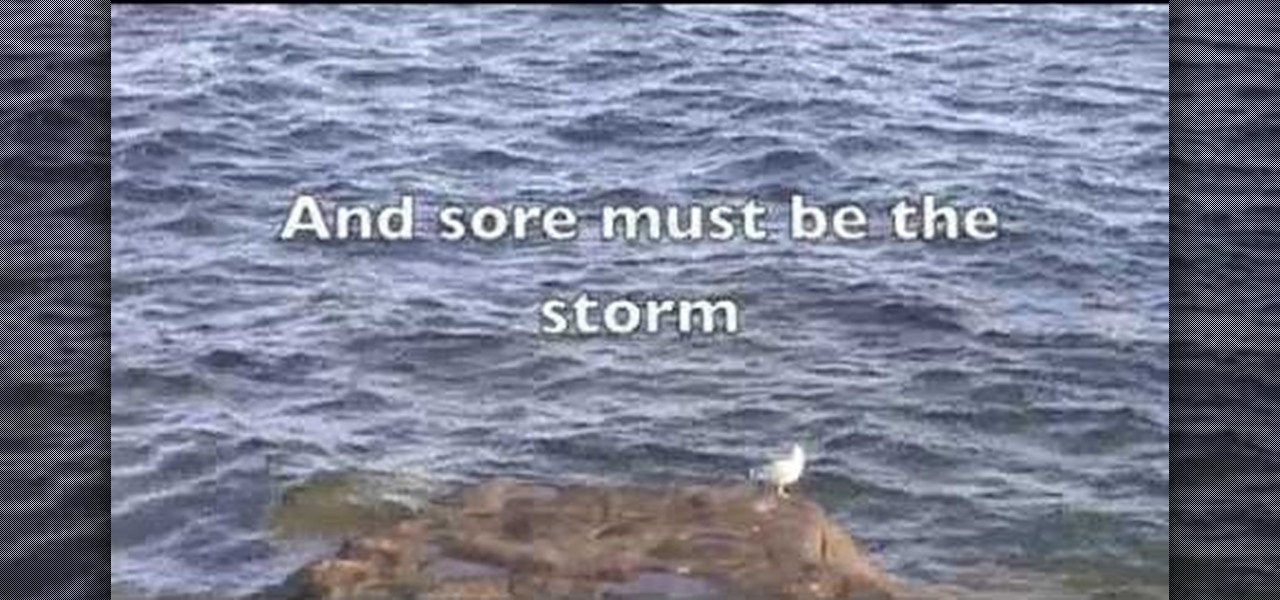
How To: Read the poem "Hope is the thing with feathers"
This video tutorial belongs to the Language category which is going to show you how to read the poem "Hope is the thing with feathers". This video is a reading of the poem is by Emily Dickinson. Here is the poem. Hope is the thing with feathers, that perches in the soul and sings the tune without the words and never stops at all and sweetest in the gale is heard. And sore must be the storm, that could abash the little bird that kept so many warm. I've heard it in the chilliest land, and on th...
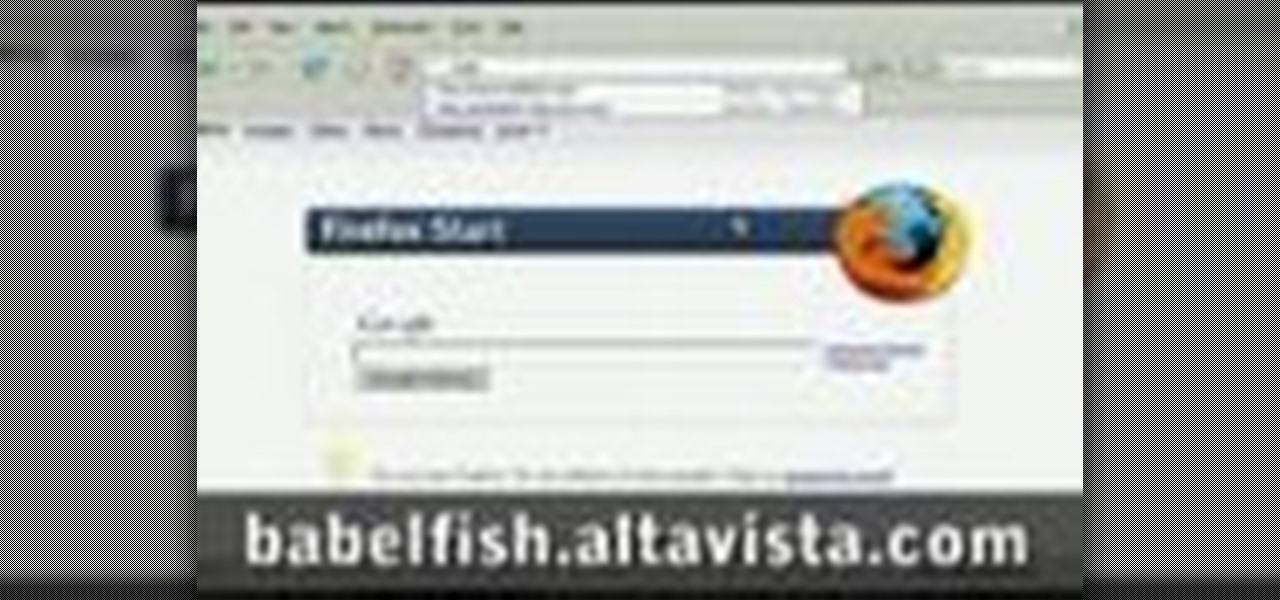
How To: Learn a foreign language online for free
This video tutorial belongs to the Language category which is going to show you how to learn a foreign language online for free. The different sources are podcasts, online classes with tutorials and downloadable programs. Go to the website How to Learn Any Language. This website gives different steps and good tips in learning different languages. For learning through podcasts go to the site www.oculture.com. You can sign up for the language of your choice and download the podcasts to iTunes o...
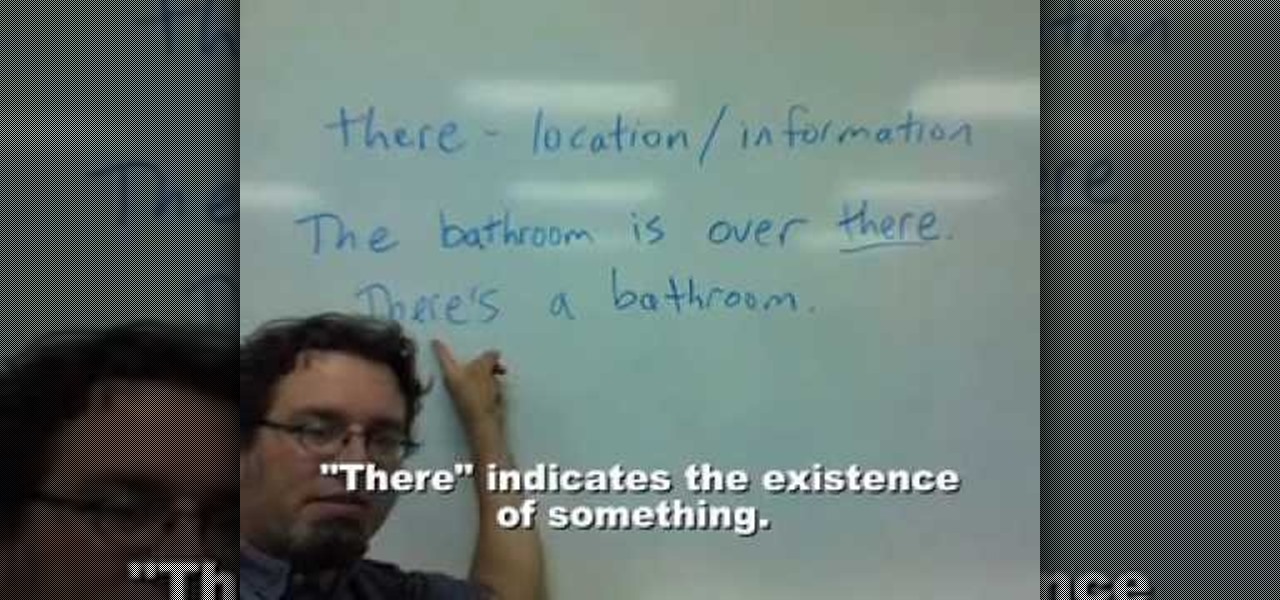
How To: Use "there", "their", & "they're" properly
There, their and they're all sound the same. There is for location and information. Their is possessive adjective for they. They're is a contraction for they are. The bathroom is over there give the location of the bathroom. Their is used to show ownership. You can show possession through proper names or by use of the word their. Their house is over there shows the possessive "their" and location "there." They're=they are. They're over there. They're at their house. The words and the meanings...
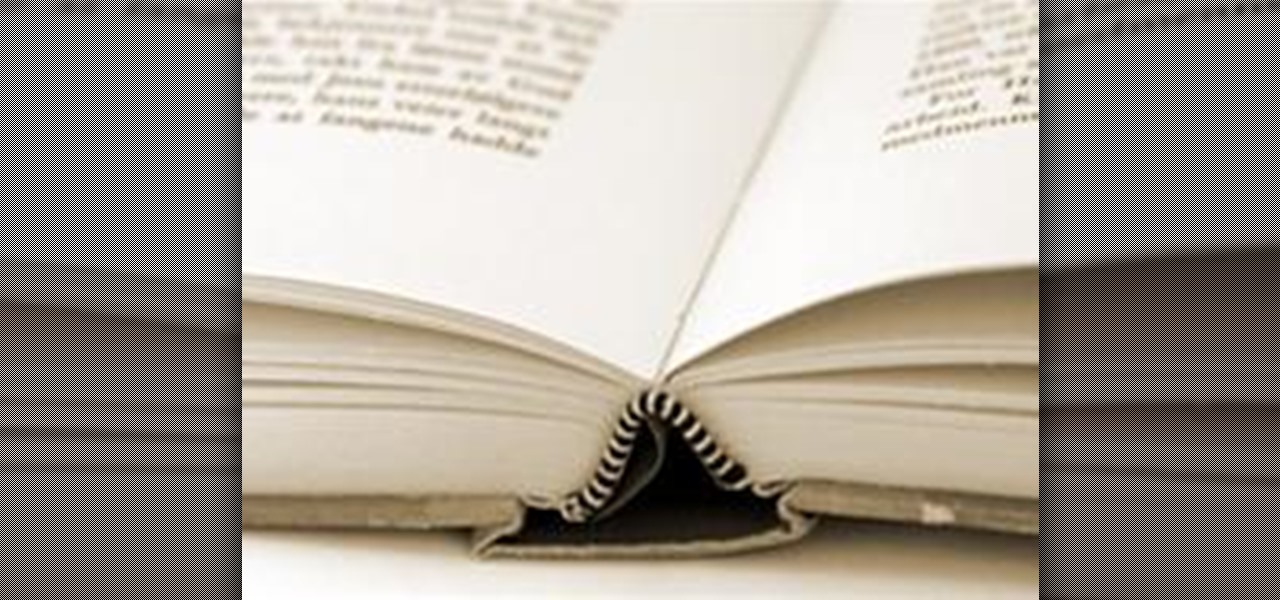
How To: Speak Any Language Fluently In Months
Revealed! The secret to learning a language quickly. It's a little known technique diplomats and royalty have used for centuries. I lucked up on it by analyzing how I could quickly boost my language and workforce marketability. You get it here by design.

How To: Say "I love you" in Korean
In this tutorial, we learn how to say Korean Travel Phrases #8 - I love you. Saranghamnida is how you say "I love you" in Korean. You will want to make sure you have the right pronunciation when you say this. If you don't say it correctly, you will be saying a completely different phrase and words. This is great to learn if you are traveling to Korea and want to learn common phrases that people say all the time. If you want to point at someone at tell them you love them, you would say "Dangsi...

How To: Count to 100 in Polish
In this tutorial, we learn how to count to 100 in Polish. You will start with "jeden" which means one, then move on to the rest of the numbers. It's very important to take your time when you are learning each individual number, so that you know how the accent should sound and you know how to say it properly in different sentences. It will be extremely helpful if you try and listen to an audio recording while you are saying the numbers so that you learn exactly how to say it. Continue to learn...





